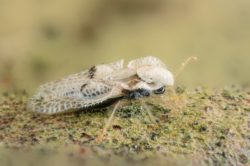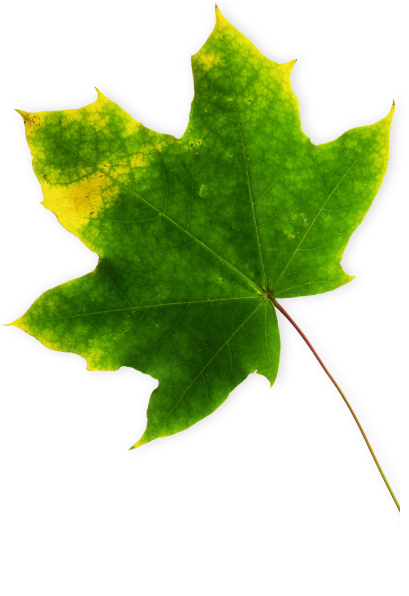Throughout the year, your landscape plants can become susceptible to various pests and diseases. We want to introduce you to three different tree and shrub pests that are making their appearance now in your area! The plant species, time of year and mother nature all play a critical factor in which pest may be present and causing damage.
 Lace Bugs
Lace Bugs
The first pest causing problems for ornamentals are lace bugs. They like to infest both Azaleas and Andromedas in sunny locations of the landscape. They are no bigger than 1/8″ and have clear bodies and wings giving them a lace-like appearance and very difficult to spot since they feed on the underside of leaves.
Lace bugs may even go undetected until they’ve caused significant damage. Damage appears in the form of yellow stippling on the leaves causing dead foliage.
 Scales
Scales
The second problematic pest we’re seeing on landscape ornamentals are scales. Scales are immobile for most of their life cycle and literally look like bumps on the branches they’re infesting. Attached to the branches allows them to suck on the sap and eventually kill off the entire branch and weaken the tree.
Magnolia scale excretes a clear sugar referred to as ‘honeydew’ which often attracts ants and wasps. This makes scales commonly misdiagnosed as an ant problem. It is common for a black “sooty mold” to grow on the honeydew, discoloring leaves, branches and anything that may be under the tree. The birth of new scales takes place in August and September. At this time, they crawl and then cling to branches. Then they overwinter, begin feeding in the spring and reach maturity mid-summer to mate all over again.
Last, but not least, we have seen an increase in Oak Lecanium Scale beginning to infest multiple tree species in our service area. They too will attach to the tree or shrub’s vascular system, suck out nutrients and secrete ‘honeydew.’ If you have oak trees, keep an eye out for these suckers *pun intended.* They are no bigger than 1/4″ and are enjoying these high temperature and drought conditions.
How can these pests be controlled?
Properly timed spraying is the best way to prevent infestations from tree and shrub pests. Our Certified Arborists are available to answer your questions. We would be happy to discuss the individual needs of your property, manage the population and protect your trees. If you’d to have us take a look and provide a free estimate, please call (781) 297-3674.
